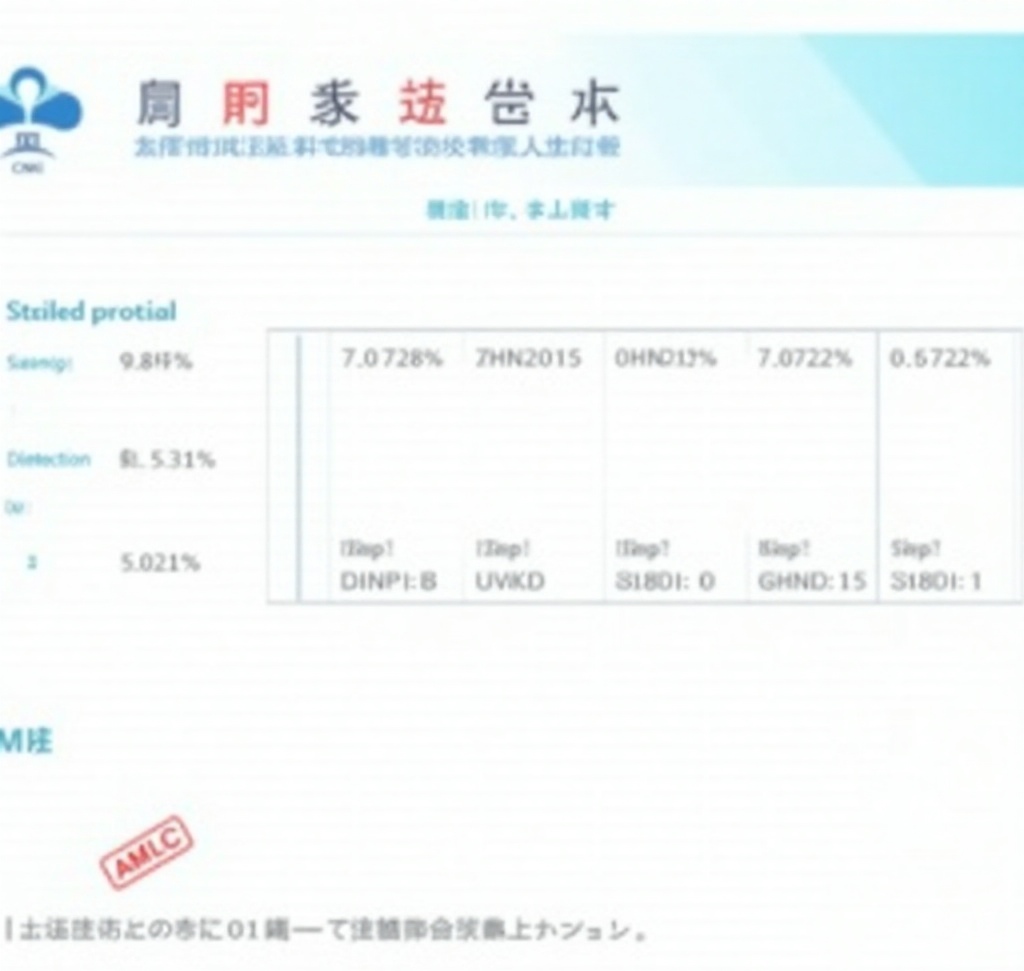
1. 引言
在当今的学术研究和大数据分析领域,高效获取和分析学术文献数据具有重要意义。中国知网(CNKI)作为国内最权威的学术资源平台之一,包含了海量的期刊论文、会议论文和学位论文。然而,手动收集和分析这些数据不仅耗时耗力,而且难以进行大规模的趋势分析。
本文将介绍如何使用Python实现知网文献的自动化爬取、存储与可视化,涵盖以下关键技术点:
- 爬虫技术:使用
**<font style="color:rgb(64, 64, 64);background-color:rgb(236, 236, 236);">requests</font>**和**<font style="color:rgb(64, 64, 64);background-color:rgb(236, 236, 236);">BeautifulSoup</font>**抓取知网数据 - 反爬策略:模拟浏览器行为,处理验证码
- 数据存储:使用
**<font style="color:rgb(64, 64, 64);background-color:rgb(236, 236, 236);">MongoDB</font>**或**<font style="color:rgb(64, 64, 64);background-color:rgb(236, 236, 236);">MySQL</font>**存储结构化数据 - 数据分析与可视化:使用
**<font style="color:rgb(64, 64, 64);background-color:rgb(236, 236, 236);">Pandas</font>**进行数据处理,**<font style="color:rgb(64, 64, 64);background-color:rgb(236, 236, 236);">Pyecharts</font>**生成可视化图表
2. 技术方案设计
2.1 整体架构
1. 数据采集层:Python爬虫(requests + BeautifulSoup)
2. 数据存储层:MongoDB/MySQL
3. 数据分析层:Pandas数据清洗
4. 可视化层:Pyecharts/Matplotlib
2.2 技术选型
| 技术 | 用途 |
|---|---|
**<font style="color:rgb(64, 64, 64);background-color:rgb(236, 236, 236);">requests</font>** | 发送HTTP请求 |
**<font style="color:rgb(64, 64, 64);background-color:rgb(236, 236, 236);">BeautifulSoup</font>** | HTML解析 |
**<font style="color:rgb(64, 64, 64);background-color:rgb(236, 236, 236);">Selenium</font>** | 处理动态页面(如验证码) |
**<font style="color:rgb(64, 64, 64);background-color:rgb(236, 236, 236);">Pandas</font>** | 数据清洗与分析 |
**<font style="color:rgb(64, 64, 64);background-color:rgb(236, 236, 236);">Pyecharts</font>** | 交互式可视化 |
**<font style="color:rgb(64, 64, 64);background-color:rgb(236, 236, 236);">MongoDB</font>** | 非关系型数据库存储 |
3. 爬虫实现
3.1 环境准备
3.2 爬取知网搜索页
import requests
from bs4 import BeautifulSoup
import pandas as pdheaders = {"User-Agent": "Mozilla/5.0 (Windows NT 10.0; Win64; x64) AppleWebKit/537.36"
}def crawl_cnki(keyword, page=1):url = f"https://www.cnki.net/search/result?searchKey={keyword}&page={page}"response = requests.get(url, headers=headers)soup = BeautifulSoup(response.text, 'html.parser')papers = []for item in soup.select(".result-item"):paper = {"title": item.select_one(".title").get_text(strip=True),"author": item.select_one(".author").get_text(strip=True),"institution": item.select_one(".institution").get_text(strip=True),"date": item.select_one(".date").get_text(strip=True),"citations": int(item.select_one(".citations").get_text(strip=True))}papers.append(paper)return papers# 示例:爬取"人工智能"相关论文(前3页)
all_papers = []
for page in range(1, 4):all_papers.extend(crawl_cnki("人工智能", page))
3.3 处理反爬机制
from selenium import webdriver
from selenium.webdriver.common.by import Bydef crawl_with_selenium(keyword):driver = webdriver.Chrome()driver.get(f"https://www.cnki.net/search/result?searchKey={keyword}")# 处理可能的验证码try:captcha = driver.find_element(By.ID, "captcha")if captcha:input("请手动完成验证码后按回车继续...")except:pass# 获取渲染后的页面源码soup = BeautifulSoup(driver.page_source, 'html.parser')driver.quit()return parse_results(soup) # 复用之前的解析函数
4. 数据存储
4.1 MongoDB存储
from pymongo import MongoClientclient = MongoClient("mongodb://localhost:27017/")
db = client["cnki_research"]
collection = db["papers"]# 批量插入数据
collection.insert_many(all_papers)
4.2 MySQL存储(替代方案)
import mysql.connectorconn = mysql.connector.connect(host="localhost",user="root",password="123456",database="cnki_db"
)cursor = conn.cursor()
cursor.execute("""CREATE TABLE IF NOT EXISTS papers (id INT AUTO_INCREMENT PRIMARY KEY,title VARCHAR(255),author VARCHAR(100),institution VARCHAR(255),publish_date DATE,citations INT)
""")# 插入数据
for paper in all_papers:cursor.execute("""INSERT INTO papers (title, author, institution, publish_date, citations)VALUES (%s, %s, %s, %s, %s)""", (paper["title"], paper["author"], paper["institution"], paper["date"], paper["citations"]))conn.commit()
5. 数据分析与可视化
5.1 数据清洗
df = pd.DataFrame(all_papers)
df["date"] = pd.to_datetime(df["date"]) # 转换日期格式
df["year"] = df["date"].dt.year # 提取年份# 按年份统计论文数量
year_counts = df["year"].value_counts().sort_index()
5.2 Pyecharts可视化
(1) 年度发文趋势(折线图)
from pyecharts.charts import Lineline = (Line().add_xaxis(year_counts.index.tolist()).add_yaxis("发文量", year_counts.values.tolist()).set_global_opts(title_opts={"text": "人工智能领域年度发文趋势"},toolbox_opts={"feature": {"saveAsImage": {}}})
)
line.render("annual_trend.html")
(2) 机构发文排名(柱状图)
from pyecharts.charts import Bartop_institutions = df["institution"].value_counts().head(10)bar = (Bar().add_xaxis(top_institutions.index.tolist()).add_yaxis("发文量", top_institutions.values.tolist()).set_global_opts(title_opts={"text": "Top 10研究机构"},xaxis_opts={"axis_label": {"rotate": 45}})
)
bar.render("institutions_ranking.html")
(3) 关键词共现分析(需先提取关键词)
from pyecharts.charts import WordCloud# 假设有关键词数据
keywords = {"机器学习": 120,"深度学习": 95,"自然语言处理": 78,"计算机视觉": 65
}wordcloud = (WordCloud().add("", list(keywords.items()), word_size_range=[20, 100]).set_global_opts(title_opts={"text": "研究热点关键词"})
)
wordcloud.render("keywords.html")
6. 结论
本文实现了:
- 基于Python的知网文献自动化爬取
- 多存储方案(MongoDB/MySQL)
- 交互式可视化分析
该方法可应用于:
- 学术趋势研究
- 学科热点分析
- 机构科研能力评估

)



|SVM-最优化几何距离的理解)


` 完整使用指南)


)





)

)